Starting/Creating a Cottage Garden
Carolina Girl (Zone 8b)
7 years ago
Featured Answer
Sort by:Oldest
Comments (12)
jnavarro31
7 years agoNHBabs z4b-5a NH
7 years agoRelated Professionals
Redondo Beach Landscape Architects & Landscape Designers · Surprise Landscape Contractors · Cary Landscape Contractors · Cordele Landscape Contractors · Florham Park Landscape Contractors · Fort Atkinson Landscape Contractors · New Berlin Landscape Contractors · Oakland Landscape Contractors · Ronkonkoma Landscape Contractors · University City Landscape Contractors · West Coon Rapids Landscape Contractors · West Haverstraw Landscape Contractors · Holland Roofing & Gutters · Fairfax Siding & Exteriors · Saint Petersburg Siding & ExteriorsCarolina Girl (Zone 8b)
7 years agoNHBabs z4b-5a NH
7 years agolast modified: 7 years agogardenweed_z6a
7 years agoLilyfinch z9a Murrieta Ca
7 years agogardenstateblossom (NJ 6b)
7 years agoLavender Lass
7 years agolast modified: 7 years agogardenweed_z6a
7 years agoNHBabs z4b-5a NH
7 years agocziga
7 years ago
Related Stories
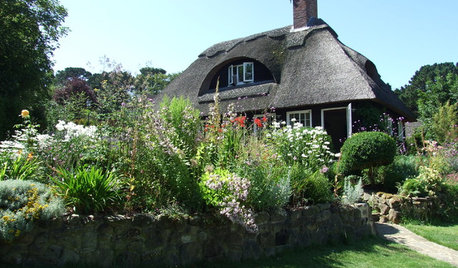
LANDSCAPE DESIGNHow to Create a Cottage-Style Garden
If you like an abundance of plants — and visits from birds, bees and butterflies — this may be the style of yard for you
Full Story
GARDENING GUIDES10 Tips to Start a Garden — Can-Do Ideas for Beginners
Green up your landscape even if you're short on time, money and knowledge, with these manageable steps for first-time gardeners
Full Story
GARDENING GUIDESSeeds or Seedlings? How to Get Your Garden Started
Growing delicious herbs and vegetables starts with knowing your goals and when you want to plant
Full Story
GARDENING GUIDESHow to Stop Worrying and Start Loving Clay Soil
Clay has many more benefits than you might imagine
Full Story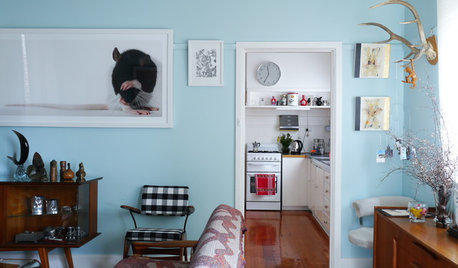
VINTAGE STYLEMy Houzz: A Fresh Start in a Welcoming 1950s Home
Family and friends help a Melbourne homeowner create a comfortable space that beautifully reflects her personality
Full Story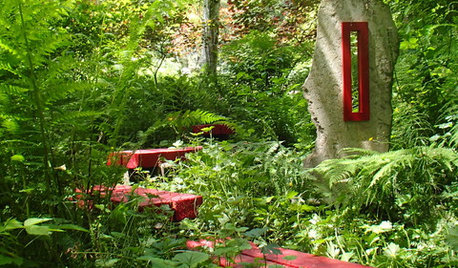
LANDSCAPE DESIGNCreate a Garden That Tells a Story
Take design cues from punctuation marks for a garden with order and intrigue
Full Story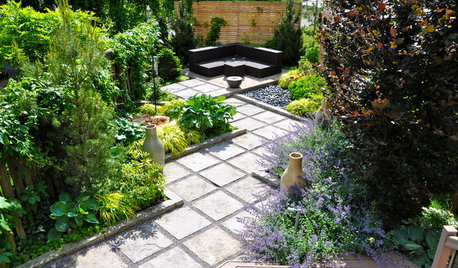
LANDSCAPE DESIGNHow to Create an Unforgettable Garden
Make an impression that will linger long after visitors have left by looking for the possibilities and meaning in your landscape
Full Story
DECORATING GUIDESHow to Decorate When You're Starting Out or Starting Over
No need to feel overwhelmed. Our step-by-step decorating guide can help you put together a home look you'll love
Full Story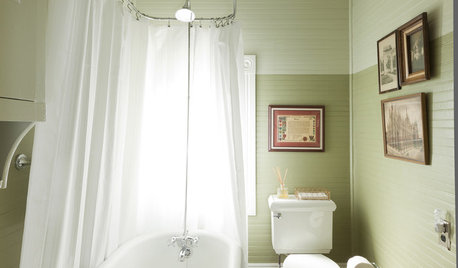
MOST POPULAR7 Soothing Spaces: How to Use Color to Create Calm at Home
Started your new year on the wrong foot? Feeling the February blahs? Maybe you need a color fix in your home
Full Story
MOST POPULARHow to Start a Cool-Season Vegetable Garden
Late summer and late winter are good times to plan and plant cool-season crops like salad greens, spinach, beets, carrots and peas
Full StorySponsored






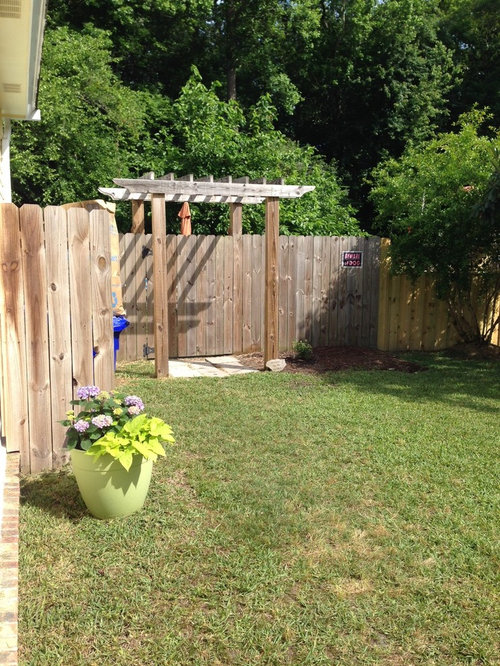

Carolina Girl (Zone 8b)Original Author